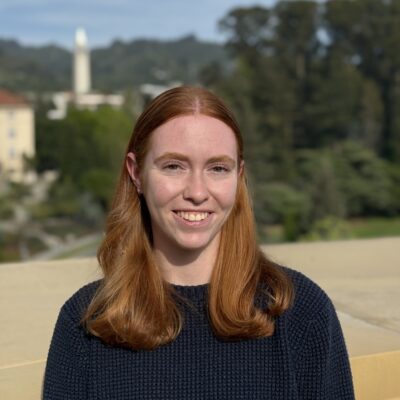Sophia Levin Rose Hills
History of Medical Residency and "Charity Care"
The U.S. health system stratifies care by separating patients with Medicaid from those with private insurance—by location, providers, and standards of care. In academic medical centers, publicly insured and uninsured patients are typically seen in resident clinics, while privately insured patients are treated in faculty practices. Based on an initial review of the literature, we hypothesize that this division stems from policy decisions made around the time of the 1910 Flexner Report, when clinical training requirements expanded and low-income patients were increasingly relied upon as “volunteers” for medical education. Understanding these historical decisions is essential to create a more equitable system today.
To examine this history, we will conduct archival research on the professionalization of medicine, the development of teaching hospitals and residency clinics, and how they became associated with “charity care.” We will review textbooks and published articles on medical education and the development of residency clinics, and supplement with research into medical school archives and archives from the National Medical Association and the American Medical Association.
Message To Sponsor
Thank you so much to my donor for your support of this project! The opportunity to do research this summer will allow me to learn an immense amount about the history of our healthcare system and its structure. This will allow me to greatly strengthen my research skills, and I'm excited to work on this project!